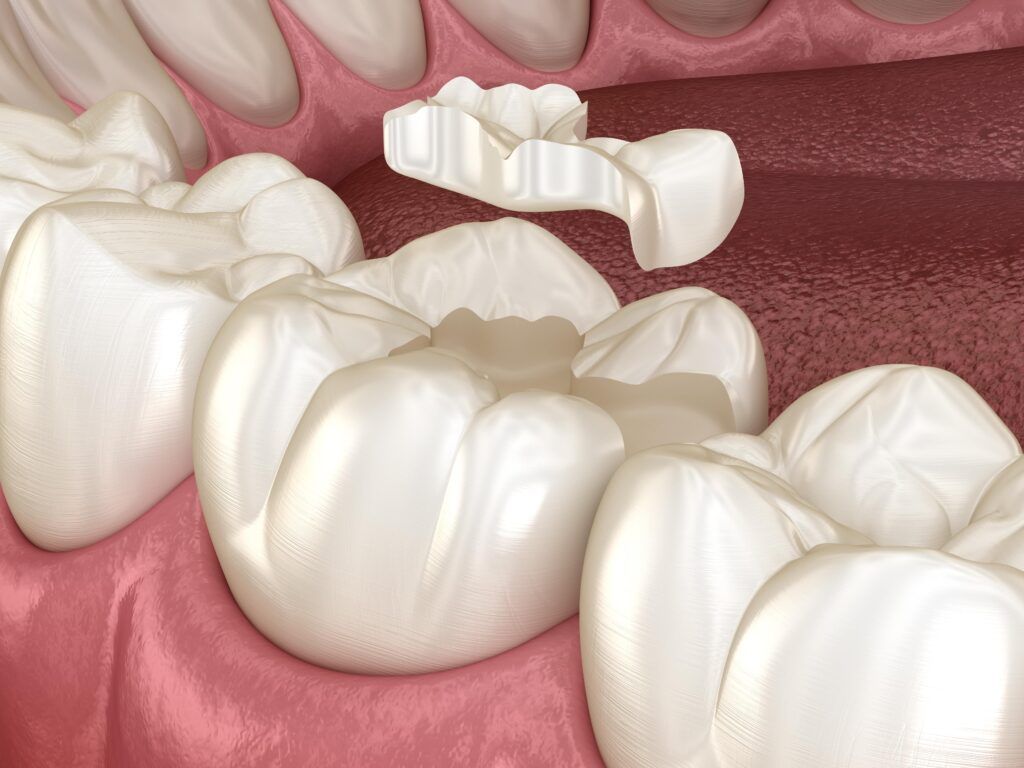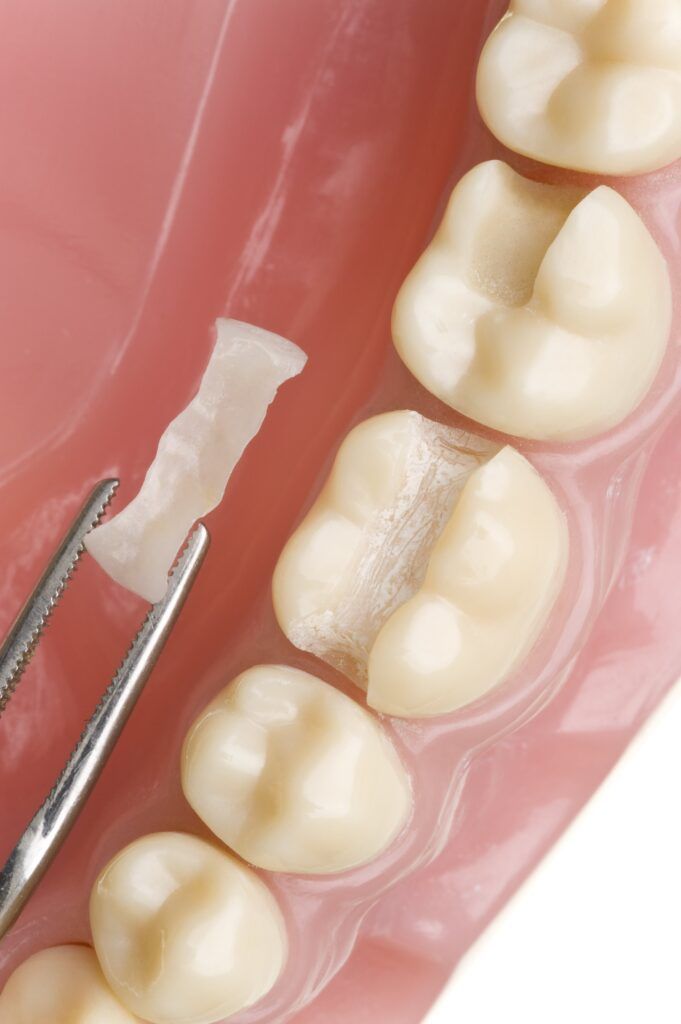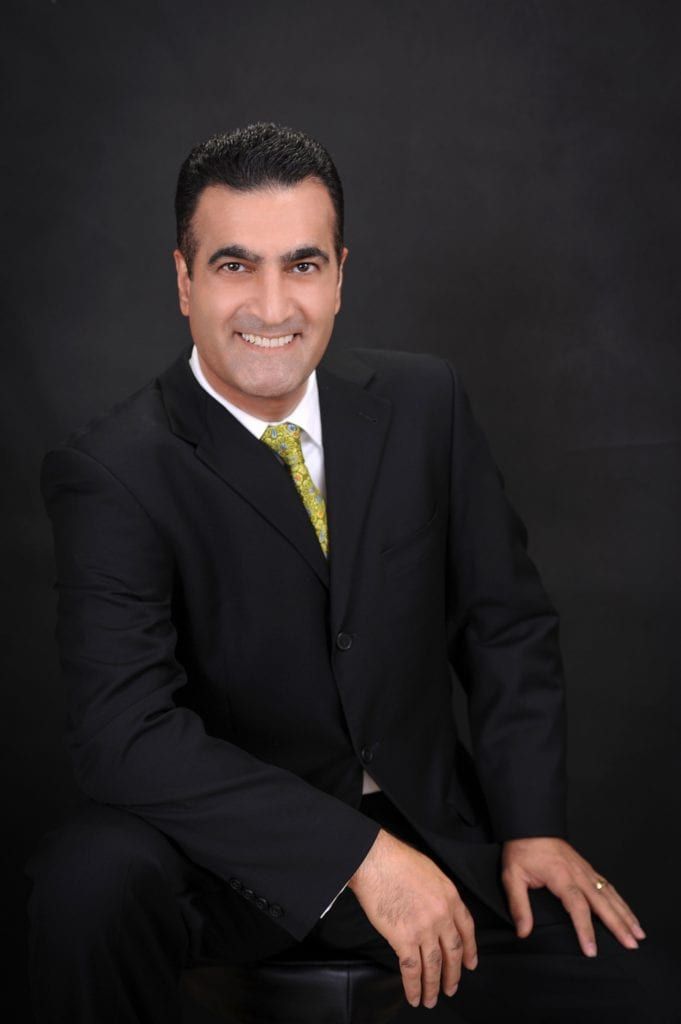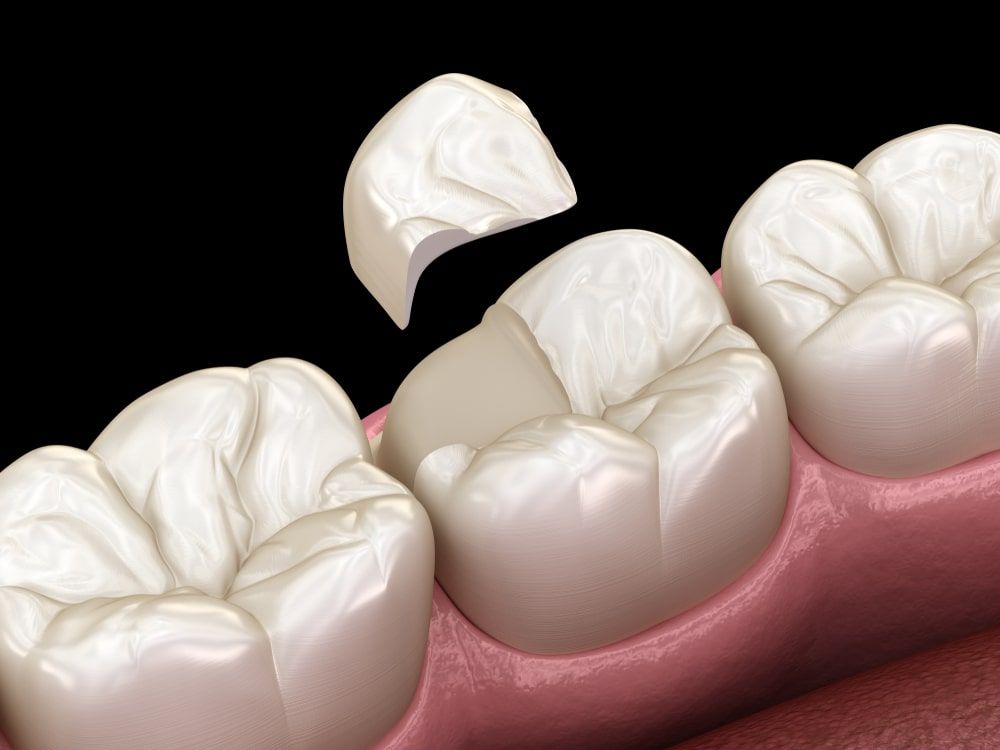If you’ve ever had a cavity, you may have had a filling. But what if your cavity is too large for a traditional filling? In that case, your dentist may recommend having an inlay or onlay placed. Inlays and onlays are two options that can help restore your tooth to its original shape and function. Keep reading to learn more about inlays and onlays, and how they can benefit your smile!
What are inlays and onlays, and how do they differ from traditional dental fillings and dental crowns?
Inlays and onlays are special types of restorations for teeth that have been damaged by decay, trauma, or other causes. Inlays replace a portion of the cusp of a tooth and fit within the boundaries of the cusps; onlays are similar to inlays and restore the cusps as well as the surrounding surfaces of a tooth. Inlays and onlays are generally used in cases where the damage to the tooth is too extensive for a traditional filling but not extensive enough to warrant a dental crown.

With traditional fillings, the dentist removes the decayed or damaged portion of the tooth and fills the space with filling material. This type of filling is called a “direct” filling because it is placed directly into the cavity. Direct fillings are typically made of composite resin or amalgam and are suitable for small to moderate-sized cavities.
In contrast, inlays/onlays are “indirect” fillings that are fabricated in a dental laboratory and then cemented into the tooth. Inlays fit inside the cusps (points) of the tooth and onlays cover one or more cusps. Inlays/onlays are often used for larger cavities or for areas of the tooth that are under more stress, such as the back molars.
Here’s a table summarizing the differences between dental inlays, onlays, traditional fillings, and dental crowns:
| Inlays | Onlays | Traditional Fillings | Crowns | |
| Size and Placement | Smaller, placed within the cusps of a tooth | Larger, covers a larger portion of the tooth | Small, placed within a cavity in the tooth | Larger, covers the entire tooth |
| Materials Used | Gold, porcelain, or composite resin | Gold, porcelain, or composite resin | Composite resin or amalgam | Porcelain, metal, or ceramic |
| Procedure | Two appointments, removal of decay and impression taken during first appointment, inlay placed during second appointment | Two appointments, removal of decay and impression taken during first appointment, onlay placed during second appointment | One appointment, removal of decay and filling material placed in cavity | Two appointments, tooth reshaped and impression taken during first appointment, crown placed during second appointment |
| Advantages | Durable, long-lasting, less tooth structure removal compared to crowns | Durable, long-lasting, less tooth structure removal compared to crowns, covers more extensive damage than inlays | Quick procedure, less expensive compared to inlays, onlays, and crowns | Strong, covers extensive damage, long-lasting |
| Disadvantages | Multiple appointments required, more expensive than traditional fillings | Multiple appointments required, more expensive than traditional fillings | Not as durable as inlays, onlays, and crowns | More tooth structure removal, more expensive compared to inlays, onlays, and traditional fillings |
It’s important to note that the best treatment option for a damaged or decayed tooth depends on the extent of the damage and the location of the tooth. A dentist can help determine which treatment option is best for your individual needs.
How Inlays and Onlays are placed?

Inlays and onlays are a restorative dental procedure that involves replacing parts of a damaged or decayed tooth. Placement of an inlay or onlay usually takes two appointments. First, the dentist prepares the tooth by removing any decayed or damaged areas and taking an impression of the tooth. The impression is sent to a dental lab, where the inlay/onlay is custom-made to fit the tooth. In the meantime, a temporary filling is placed on the tooth to protect it. At the second appointment, the temporary filling is removed, and the permanent inlay/onlay is cemented into place.
Both types of restorations can be made from materials such as porcelain, gold, and composite resin. For optimal results, dentists usually recommend using porcelain because it’s strong yet aesthetically pleasing. When it comes to inlays and onlays, your dentist will assess their type and material according to the patient’s specific needs and preferences.
How to care for your inlays or onlays
Caring for your inlays or onlays is an important part of maintaining your overall dental health. Cleaning these restorations can help keep them looking great and prevent bacteria from forming around them. Start by brushing twice a day with a soft-bristled toothbrush and fluoride toothpaste to remove plaque and debris. You also need to floss once a day to remove plaque and debris from between the teeth and along the gumline. Remember to also use a fluoride-rich mouthwash for an extra layer of protection against cavities and other dental problems. Finally, remember to attend regular check-up appointments with your dentist to have your inlay or onlay thoroughly checked and cleaned as needed. Taking good care of these restorations can help keep them looking great and ensure that they last for years to come!
In Conclusion
Inlays and onlays are two great options for people who need more than a simple filling but don’t want or need a dental crown. They can be made from various materials, depending on your needs and preferences, and are placed directly onto the tooth. With proper care, inlays and onlays can last for many years. If you think you might need an inlay or onlay, talk to your dentist about which option is right for you.

Dr. Sadati possesses extensive experience in all aspects of advanced restorative dentistry, with an emphasis in cosmetic and implant dentistry. He has attained Accredited Fellow status in the American Academy of Cosmetic Dentistry (AACD), the most rigorous, demanding credentialing process in the world. He is the only AACD Accredited Fellow in South Florida.


